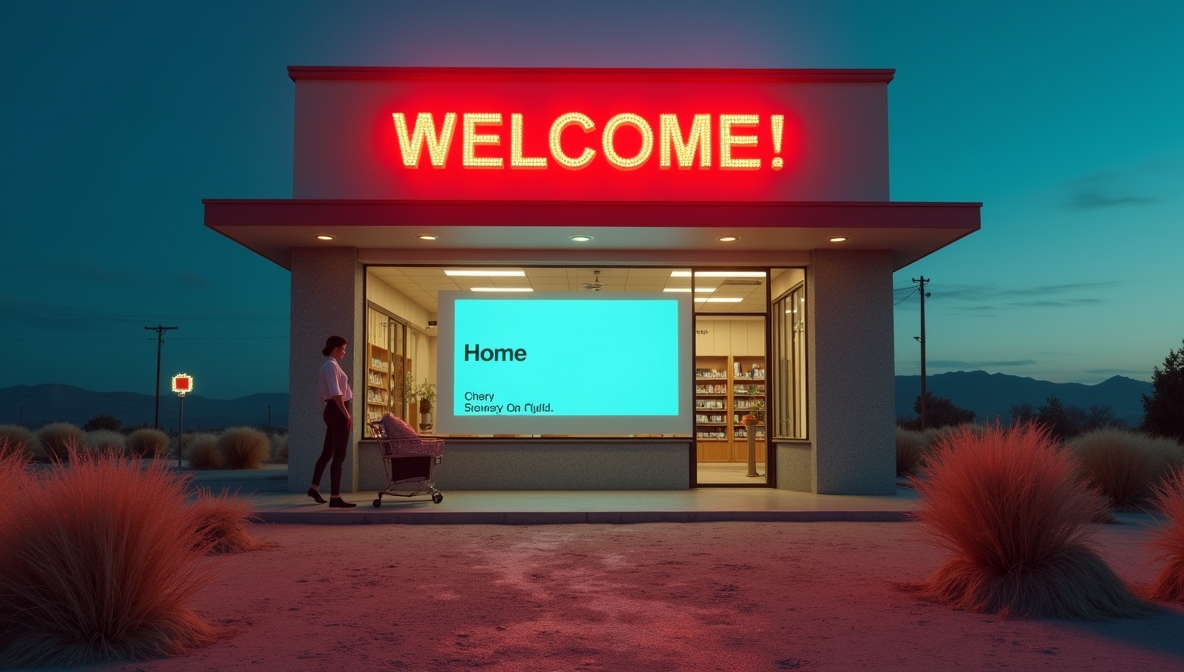How much should I spend on my first Google ads campaign?
Ten years working in marketing have taught me one thing: no brand is ever comfortable with spending money, no matter how big or little. In fact, budgeting Google ads campaigns and other advertisements is always a tricky job for any marketing team. Working with charities and nonprofits in particular has taught me to stretch and make the most of the smallest budgets.
You know you have to spend some to make some, but how much is a ‘good’ price to pay to make your brand more visible online?
In theory, your Google ads should only get better and more effective with time, as you build an audience and learn from your past campaigns. That’s if you don’t ruin yourself with over-expensive ads and poor results, to begin with.
So, how much should you spend on your first Google ads campaign?

Choosing your own budget vs your competitors
Don’t make the mistake of comparing yourself with other brands or companies. Firstly, unless you have inner access to their financial and marketing reports, you don’t know if they’re doing it right. Anyone will happily tell you just how great they’re doing, even if (and perhaps, especially when) they’re not.
Secondly, other bigger or well-funded brands might have budgets ten times higher than yours to spend. There’s just nothing to compare, for now.
The truth is, you can achieve big results with small budgets, so long as you do it the right way and stay humble. Spend what you’re comfortable with and what you can afford. You probably won’t take over the internet with a 100 pounds monthly budget for your Google ads. Well, not on your first try anyway.
Research and planning are key to your paid ads’ success
There’s data out there to help you decide how much to spend on your Google ads campaign. Use it.
Over the years, Google has made it easier for any brand to use its advertising platform. If you profit from it, so does Google. That means that, depending on the type of advertising campaign you are launching, you can get insights into the average cost per click or engagements other advertisers like you are paying. That’s a good place to start.

Take a simple, yet effective, text ad on Google. They require you to target some specific keywords for your ads to show. By looking at the average CPC (cost-per-click) of the keywords you intend to target, you can get an idea of how expensive or inexpensive they might be, as well as their popularity.
Usually, the more popular a keyword is, the more competition you will receive from other brands, and so the higher the CPC will be. Targeting less popular keywords, on the other hand, might be less expensive but pointless; if no one looks up these specific keywords online, your ads won’t show and you won’t achieve any results, paid ad or no paid ad. So choosing the right keywords is important.
Display ads on Google will also let you target some specific keywords if that is what you choose to do. In that case, the same principle as above will apply.
But what if you don’t target any specific keyword and can’t really judge what others are paying, like with a Youtube ad?
Budgeting a Google ad without targeted keywords
That’s the real tricky part and, unfortunately, there is no clearly defined answer to this one. But over the years, I have developed a few tricks to abide by.
First things first, ask yourself how much you can afford to pay for a campaign. Or rather, how much can you afford to lose in case it didn’t work as well as you expected? That’s probably an unpopular way of thinking about your marketing campaign, but that’s the best way to keep both feet on the ground before entering the advertising world. Aim for the stars but be prepared to fail, and to try again.
Secondly, remember that spending money isn’t the name of the game; achieving your goals really is all that matter. And if you can do it with only a percentage of the money you were willing to spend, that’s a massive achievement.
A well-performing Google ad does not just rely on the amount you can spend on advertising, but mostly on the quality of your ad, the clarity of your message, your call-to-action, and your landing page. In other words, focus on your video, imagery or text quality.

Start with a small budget, and add to it later
Have you decided on your first budget yet? Great. Now, cut it in half. By only starting with half of the value of what you can really afford, you give yourself enough room to manoeuvre and make bid adjustments as you please.
Is one of your ads working better than another, but do you think it could still do better? Increase your bid. Is your ad performing well, but you could reach out to a bigger audience by extending your localisation? You can do that because you gave yourself room to do it.
By starting off your first campaign with a smaller budget, you can easily add to it if and when you need to. Of course, the main risk here is that your ad campaign won’t take off or achieve results fast enough, because you’re not spending enough compared to your competitors. That’s okay, so long as you monitor your ad performances on a regular basis so that you can keep on top of any adjustments necessary to improve the results.
If after a few days, your ads still aren’t showing or getting you any traffic, simply increase the campaign budget.
How little can you spend?
With Google ads, you will have to define a daily budget to spend. And you could start with as little as just 5£ or 10£ per day and see good results. To avoid the risk of spending more than your budget, add an end date to your campaign.
And remember: just because you tell Google you are willing to spend up to 10£ per day doesn’t actually mean that you will spend 10£ every day; some days you might spend more, and some days you might spend less. That’s because the CPC, CPA and CPE will fluctuate depending on days/time/competitors.
At the end of the month though, you will only have spent the maximum budget you decided.
Check out this Google ads case study from a recent campaign I worked on for Pancreatic Cancer UK, or browse the blog section for more tips and tricks to manage your Google ads campaigns.






